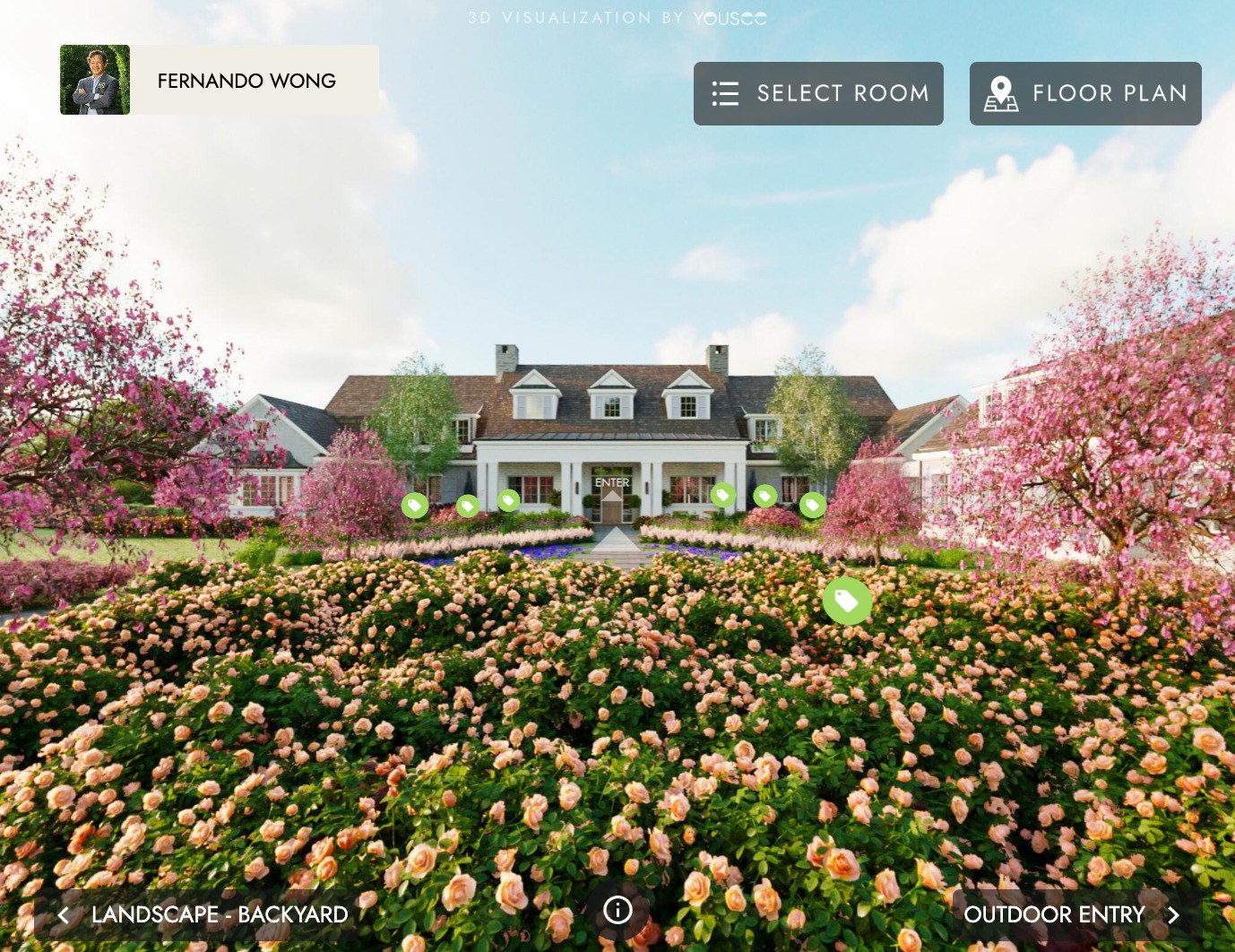Exploring the Future: Transforming Furniture Shopping with 3D Virtual Showrooms
The retail industry, especially the furniture sector, is witnessing a revolutionary transformation with the advent of 3D virtual showrooms. This digital evolution is changing how consumers shop for furniture and redefining the entire shopping experience. These innovative spaces blend the convenience of online shopping with the immersive experience of a physical store, leading to a significant enhancement in customer engagement and product visualization. This article delves deep into the world of 3D virtual showrooms, exploring their technological underpinnings, benefits, implementation strategies, and the exciting future they herald for furniture shopping.
The Genesis of 3D Virtual Showrooms
The concept of 3D virtual showrooms, while a relatively recent phenomenon in the retail world, has its roots in the early stages of e-commerce. As technology evolved, so did consumer expectations, pushing retailers to seek innovative ways to showcase their products. Initially, the furniture industry relied on photographs and basic online visualizations. Still, these methods fell short of providing the immersive experience that customers sought, particularly when purchasing high-involvement products like furniture.
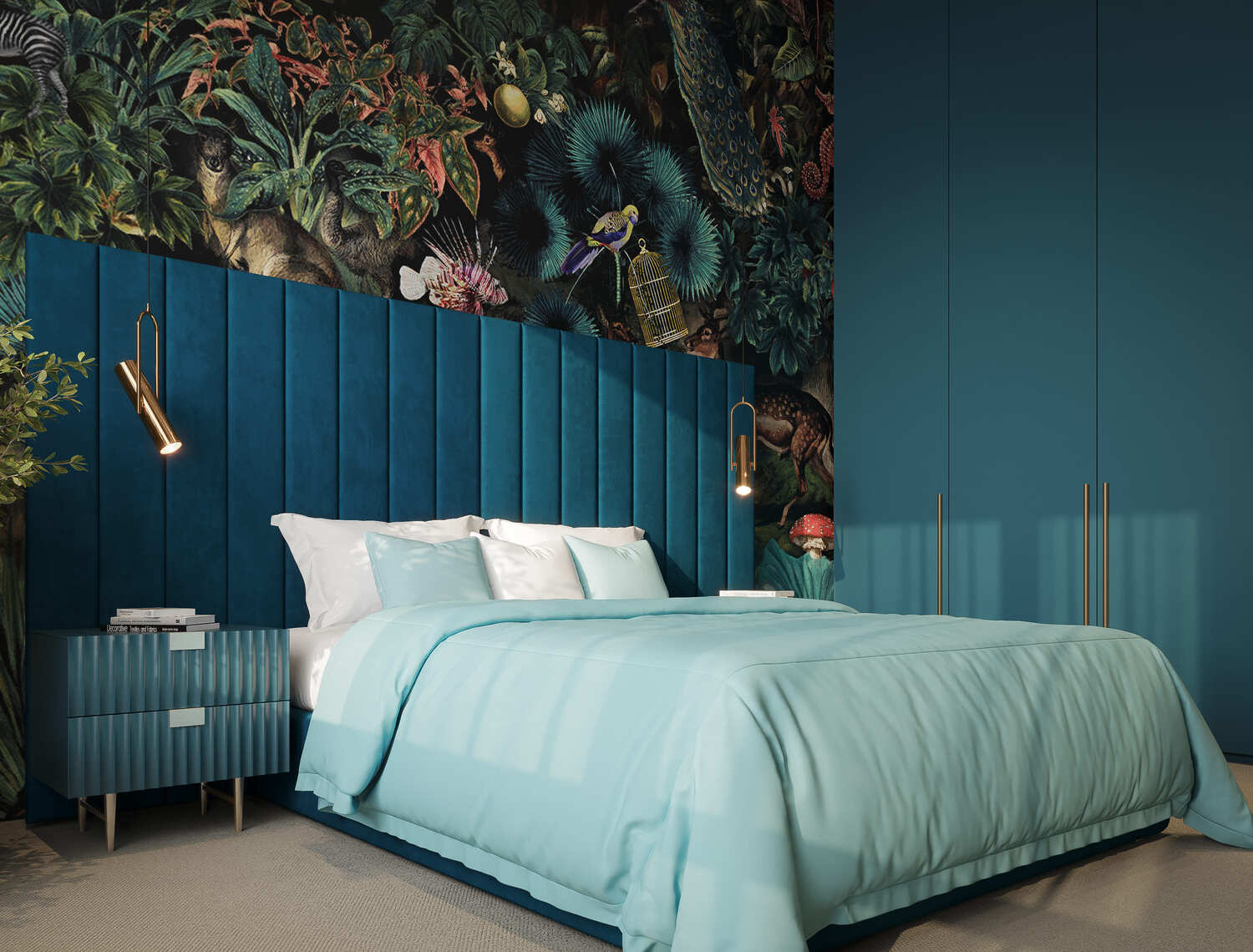
Image from Yousee Studio
The shift towards 3D virtual showrooms was propelled by the need to bridge this experiential gap. Early adopters of this technology were driven by the desire to offer their customers a realistic, engaging way to explore products, akin to the in-store experience but with the added benefits of digital technology. For example, a study by Retail Perceptions found that 61% of online shoppers prefer to shop at sites offering AR technology, highlighting the growing demand for immersive shopping experiences.
Technological Innovations Shaping 3D Showrooms
The rise of 3D virtual showrooms is intrinsically linked to advancements in critical technologies like Virtual Reality (VR), Augmented Reality (AR), and 3D modeling. These technologies have been instrumental in creating lifelike, interactive environments where customers can experience products virtually as if they were physically present.
- 3D Modeling: The foundation of a virtual showroom is the creation of detailed 3D models of furniture pieces. Modern 3D modeling software enables designers to create highly realistic models that accurately represent the product's physical attributes, from texture to color to size. For instance, using software like SketchUp or Autodesk 3ds Max, a designer can create a detailed sofa model, complete with fabric textures and accurate dimensions.
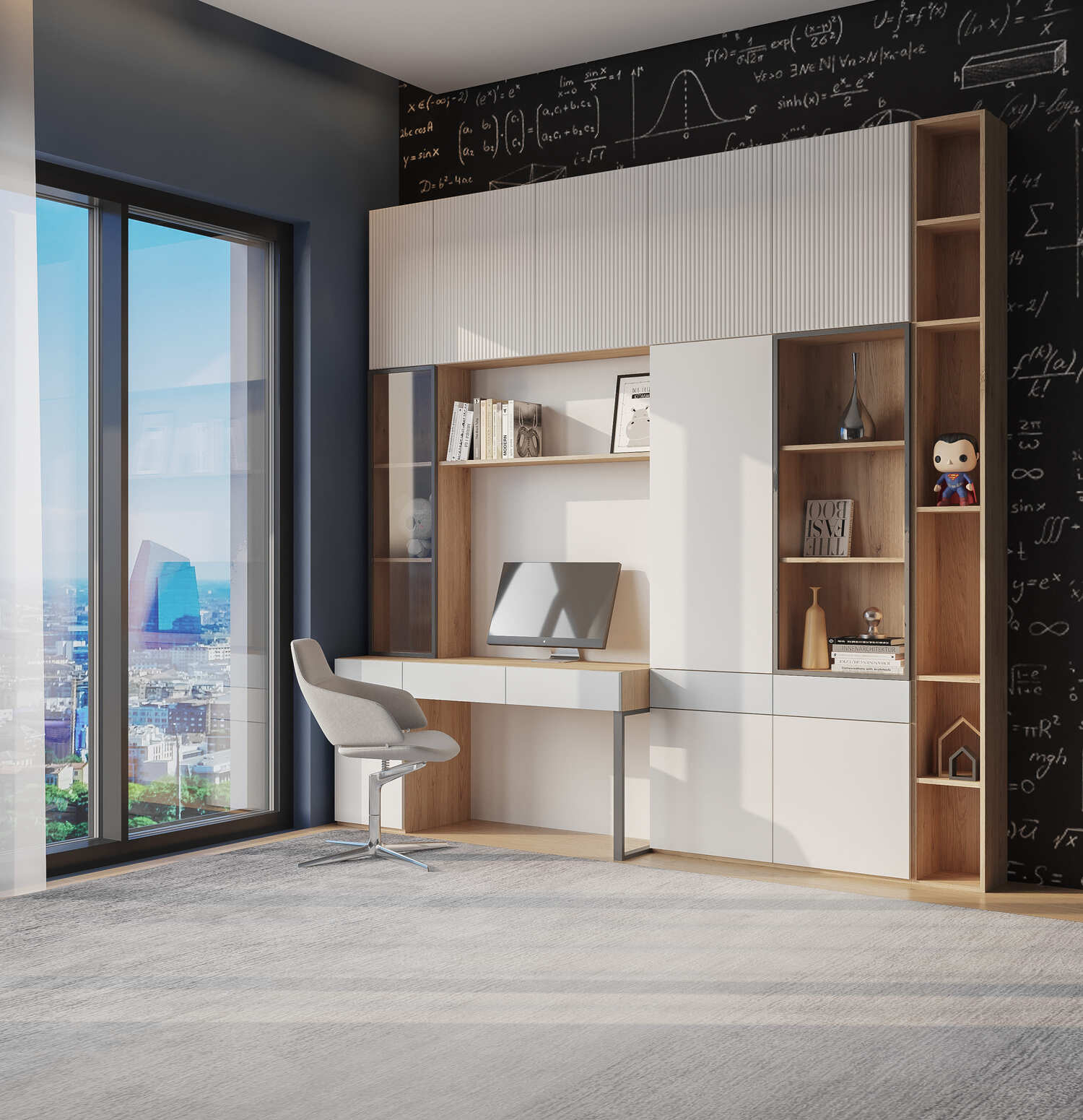
Image from Yousee Studio
- Virtual Reality and Augmented Reality: VR and AR technologies have taken virtual showrooms to a new level of immersion. With VR, customers can navigate a fully digital showroom, experiencing depth and interaction that closely mimics a real-world store visit. AR, on the other hand, allows customers to place 3D furniture models in their actual living spaces using their smartphones or tablets, providing a realistic sense of how the furniture will look and fit in their homes. For example, IKEA's AR app, IKEA Place, allows users to see how more than 2,000 furniture items would look in their space.
- Integration with E-Commerce Platforms: A critical aspect of modern virtual showrooms is their integration with e-commerce platforms. This integration enables a seamless transition from product exploration to purchase. Customers can browse, customize, and buy furniture without leaving the virtual environment. The integration also allows collecting valuable data on customer preferences and behaviors, which can be used for targeted marketing and product development.
The Transformation of Retail with 3D Virtual Showrooms
The introduction of 3D virtual showrooms has significantly transformed the retail sector, particularly in how furniture is sold and marketed.
- Enhanced Customer Experience: Virtual showrooms offer an enhanced shopping experience that is both immersive and interactive. Customers can explore furniture collections in a virtual space that mimics a physical store, interact with products, and visualize them in their homes. This level of interaction leads to a deeper understanding and appreciation of the products, aiding in the decision-making process.
- Increased Sales and Customer Engagement: The immersive nature of virtual showrooms has increased customer engagement and sales. For example, Shopify reports that interactions with AR content have a 94% higher conversion rate than those without AR.
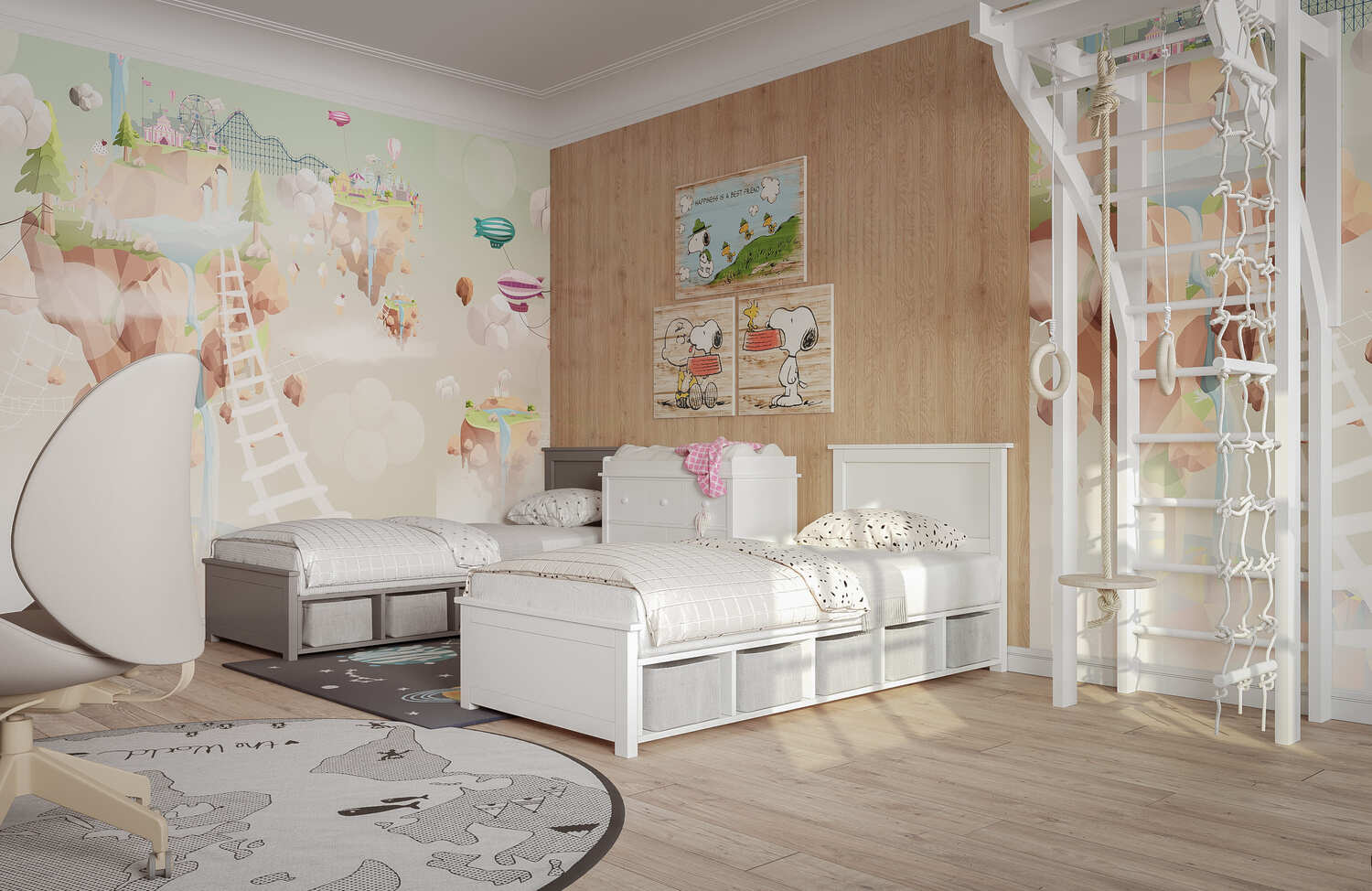
Image from Yousee Studio
- Market Expansion: Virtual showrooms allow furniture retailers to reach a wider audience beyond geographical limitations. With the internet as their platform, retailers can showcase their products to customers worldwide, thus expanding their market reach.
- Cost-Effective and Scalable: Unlike physical stores, virtual showrooms are not limited by physical space and can be updated or expanded with minimal additional expense. This scalability and cost-effectiveness make virtual showrooms an attractive option for furniture retailers.
Implementing 3D virtual showrooms has its challenges. Still, the benefits they offer in terms of customer engagement, sales enhancement, and market expansion make them an invaluable tool in the arsenal of modern furniture retailers. As technology continues to evolve, so will the capabilities and applications of virtual showrooms, further transforming the landscape of furniture shopping.
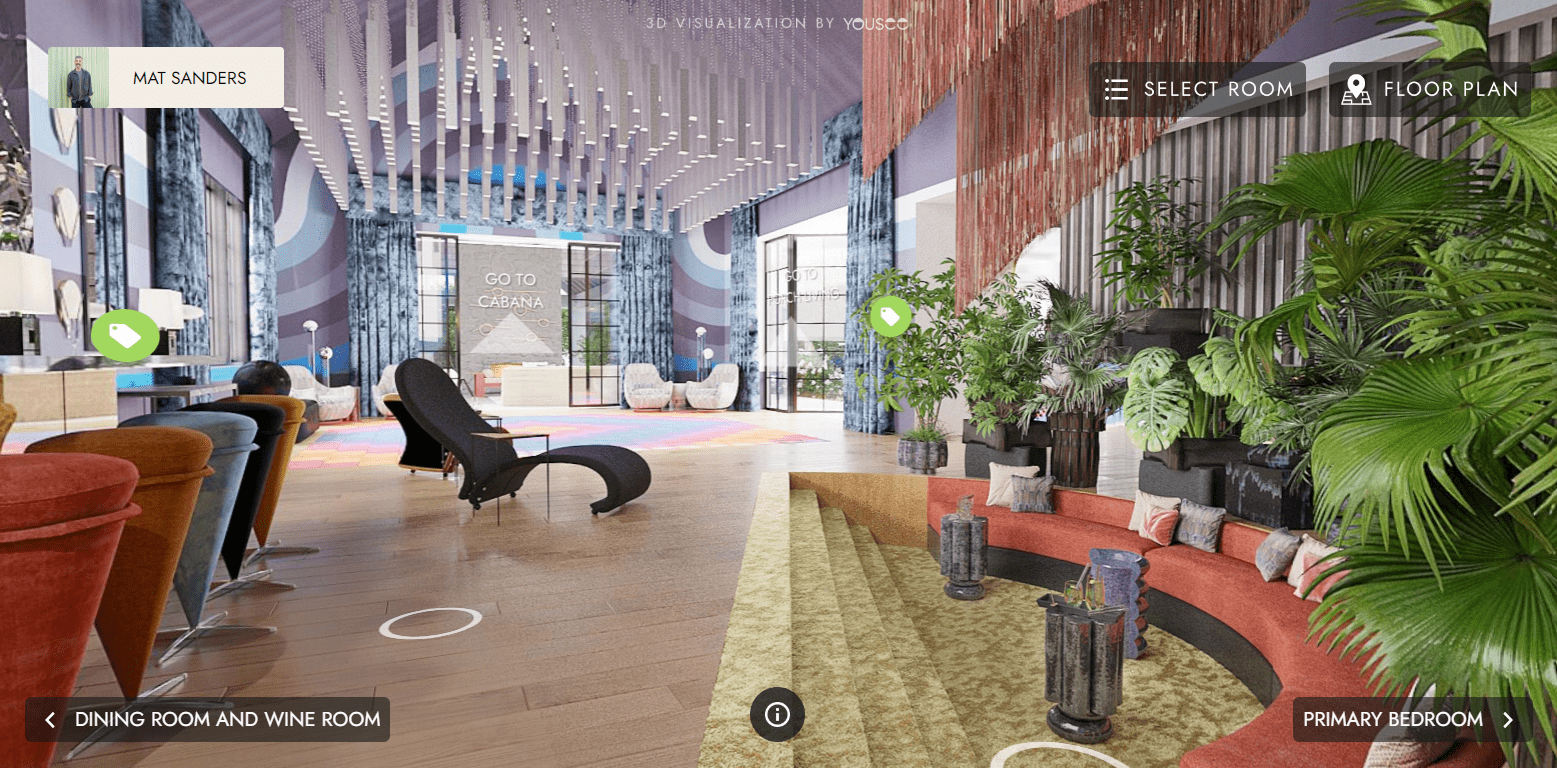
Image from Yousee Studio
Contact us at YouSee Studio for captivating 3D renderings and immersive virtual experiences.
Karen Spacey is a content writer and the author of this article.

